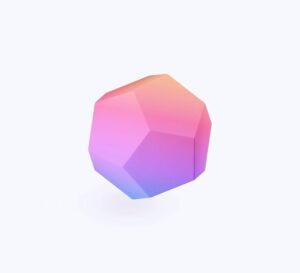Zero-Shot Learning (ZSL) is a machine learning technique that enables models to recognize and classify objects, concepts, or tasks without having seen any labeled examples of those categories during training. Instead of relying on direct examples, zero-shot models leverage semantic relationships, such as textual descriptions or attribute information, to bridge the gap between known and unseen classes. By mapping new concepts to existing knowledge, ZSL reduces the need for extensive labeled data and can quickly adapt to emerging categories, making it especially valuable in dynamic environments and applications where collecting labeled samples is challenging.
How It Works:
- Attribute-Based Learning: The model learns from attributes or descriptions (e.g., “an animal with stripes”) that connect known and unknown classes.
- Embedding Spaces: ZSL often involves projecting visual features and textual/semantic features into a shared embedding space, enabling the model to infer similarities.
- Inference on Unseen Classes: Using learned relationships, the model can identify classes it has never explicitly encountered by matching their semantic representations.
Why It Matters:
Zero-Shot Learning greatly enhances model flexibility and generalization, allowing AI systems to handle previously unseen categories without requiring fresh labeled datasets. This reduces development time and costs, enhances scalability, and broadens the applicability of machine learning to rapidly evolving fields like natural language understanding, image recognition, and recommender systems.



